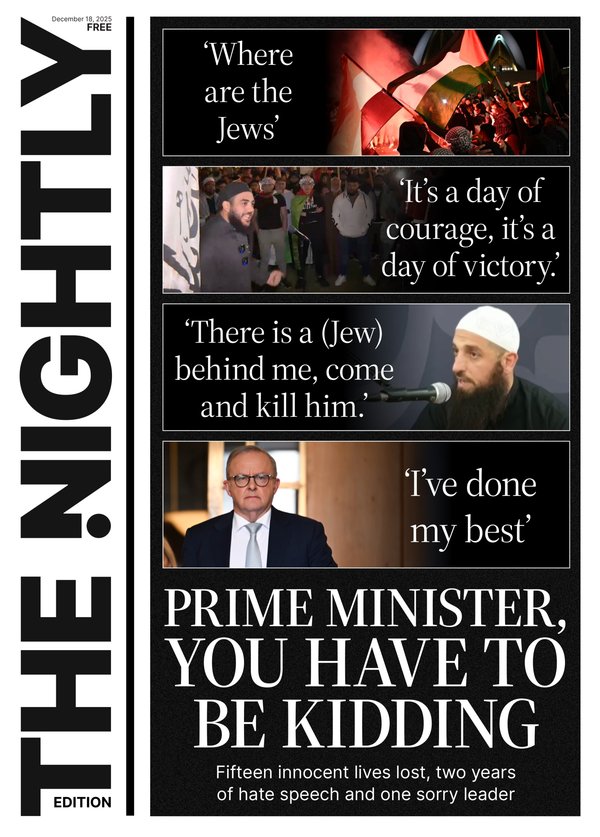Psychiatry peak body says Government’s Medicare Mental Health Centres will fail without workforce investment

The Royal Australian and New Zealand College of Psychiatrists has said the Federal Government’s ambitious cash splash for 61 free mental health centres will fail without targeted investment into the mental health workforce.
On Tuesday, the Government unveiled its $27.6 million bid to create a network of 61 mental health services — dubbed “Medicare Mental Health Centres” — to be operational by mid-2026 and built upon the existing Head to Health network.
Federal Health Minister Mark Butler said each centre would have its “clinical capability upgraded to ensure every centre has psychiatrists, psychologists and GPs on call”.
Sign up to The Nightly's newsletters.
Get the first look at the digital newspaper, curated daily stories and breaking headlines delivered to your inbox.
By continuing you agree to our Terms and Privacy Policy.The new centres would be free, walk-in and require no referral, with a view of being operational by June 30, 2026.
It means the Department of Health and Aged Care has just two years to establish another 35 centres after upgrading the 26 existing Head to Health clinics across Australia, of which there are four in WA.
National president Elizabeth Moore said while the RANZCP welcomed commitments geared towards improving access to mental health services, the critical shortage in the workforce cannot be overlooked.
“Without enough specialists to treat complex, chronic and severe mental illnesses, hospitals are merely buildings, and clinics are just rooms,” Dr Moore said.
“We are disappointed by the absence of any substantial commitment to grow the number of psychiatrists and mental health workers, which are fundamental to mental health reform.”
The National Mental Health Workforce Strategy, released last year, found the current psychiatry workforce only meets 56 per cent of the demand for psychiatrists nationally.
And if current shortages across the workforce more broadly are not addressed, there will be a national need of 87,645 FTE mental health staff by 2030.
Paired with the Australian Medical Association’s anticipated shortage of more than 10,600 GPs by 2031, it puts the Government’s bid to expand and staff mental health services at odds with actual supply across the health workforce.
“The demand for mental health support continues to outstrip the capacity of our system to provide adequate care to people in need,” Dr Moore said.
She said for the new services to be successful, it was essential that psychiatrists are consulted on service design and delivery and that there is a workforce to back it in.
“We cautiously welcome the Medicare Mental Health Centres. Access and affordability are critical issues, but we view these as a start, not a silver bullet,” she said.
“To work, we need an available workforce to staff them, and ensure they properly align with other services to guarantee continuity of care.”
While $1.9 billion in the Budget was earmarked for a program to “improve the quality, distribution and planning of the Australian health workforce”, there is little specifically targeting mental health professionals.
“Without this investment, Australians will continue to miss out on life saving and essential mental health care and treatment,” Dr Moore said.
“We want to work with the Government to ensure that every Australian can receive accessible, affordable and appropriate mental health care.”
